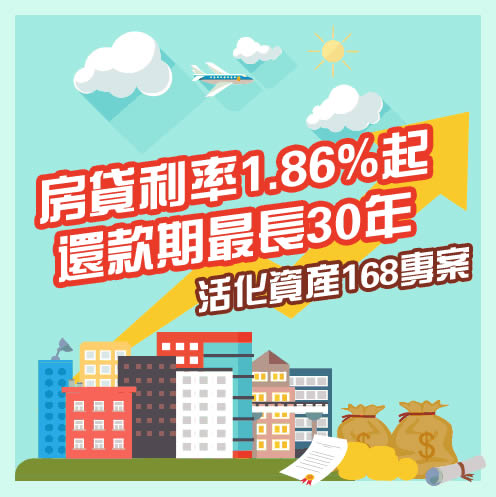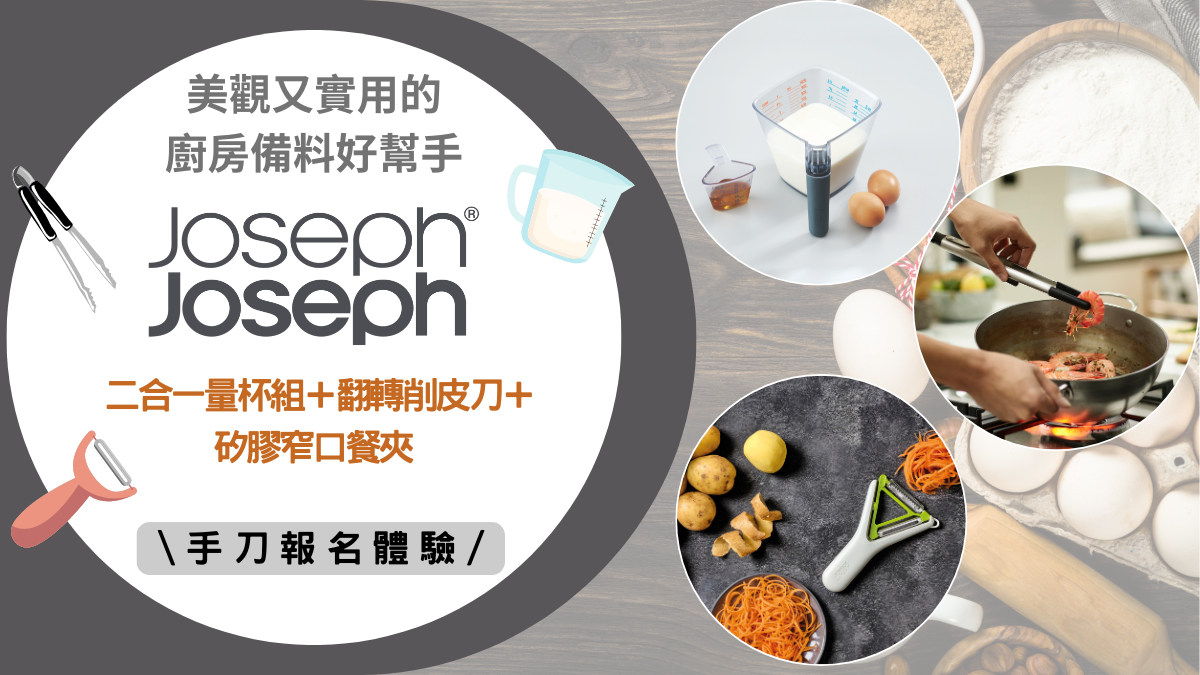 建議每家都填表格,由專員給您適合的方案,在選擇可以負擔的就可以了
建議每家都填表格,由專員給您適合的方案,在選擇可以負擔的就可以了
免費諮詢一:這一家的諮詢速度特色就是快
免費諮詢二:有汽機車即可申貸,24小時內可撥款
一對一的快速立即免費諮詢、配對,十分鐘就能知道您適合的銀行申貸方案是什麼。

立即免費諮詢
免費諮詢三:這家貸款公司評價非常高
免費諮詢四:這一家的諮詢方案很多元,很推薦
免費諮詢五:一群對於專精貸款的專業人士提供相關諮詢
免費諮詢六:這家貸款公司可以承辦軍公教人士
軍公教朋友可以到這間貸款快速找到適合的貸款方案

立即免費諮詢
個人貸款 | 貸款 | 信用貸款 | 債務整合 | 負債整合 | 債務協商 | 個人信貸 | 小額借款 | 信貸 | 信貸利率 |
信貸代辦 | 創業貸款 | 銀行貸款 | 貸款投資 | 買車貸款 | 車貸 | 汽車貸款 | 債務協商 | 卡債處理 | 二胎房貸 |
信用不良信貸貸的下來嗎 該怎辦 | 信用貸款哪裡申請最快核貸 | 信用不良要如何申請信用貸款
個人信貸免費諮詢的網站 | 個人信貸條件,銀行個人信貸比較諮詢 | 小額信貸利率比較標準迷思
三面向分析最低信貸利率條件的迷惑陷阱 | 哪家銀行信貸利息最低 | 銀行個人信貸免費諮詢 | 小額信貸推薦幾家 | 個人信貸利率比較銀行條件如何談 |
| RF4165456EDFECE15158DCE |
... 3月14日消息,日前,阿里巴巴國際站發布新貿節首周戰報。戰報顯示,新貿節開啟一周中,交易總額同比增長71%,訂單數同比增長60%,動銷賣家數同比增長38%,支付買家數同比增長49%。 期間,交易總額TOP10的買家國或地區分別為美國、英國、德國、香港、澳大利亞、加拿大、印度、韓國、俄羅斯、日本。日本的交易總額和買家數的同比增長幅度均過百,交易總額同比增長170%、買家數同比增長105%。 ... ... 具體來看,歐盟國家交易總額同比增長84%,買家數同比增長55%。德國、法國、波蘭、荷蘭、西班牙依次位列歐盟國家首周交易總額TOP5,其中,法國交易總額同比增長105%;荷蘭買家數同比增長107%。 東協國家交易額同比增長65%,泰國、菲律賓、越南交易額最高。該區域買家數同比增長54%。 交易品類中,交易總額最高的5大品類分別為:機械行業,交易總額同比增長54%;家居園藝行業;交易總額同比增長89%;消費電子行業,交易總額同比增長64%;建材行業,交易總額同比增長96%;服裝行業,交易總額同比增長104%。 ... 其次是美容個護行業,交易總額同比增長63%;包印行業,同比增幅32%;電器設備行業,同比增幅88%;汽車摩配行業,同比增幅96%;運動娛樂行業,同比增幅56%。 /////// 更 多 閱 讀轉發出去,或者點下這個「在看」,麼麼噠
內容簡介
Crafting humans'--and its corollary human enhancement-- is a contested topic, both in medical sciences and the humanities. With continuing advances in science and technology, scientists and the general public alike are aware that the basic foundations of the human condition are now at stake. This volume contributes to this growing body of work. It offers insights into some of the reflections and imaginaries that have inspired and legitimated both theoretical and practical programmes for 'crafting' humans, ranging from the religious/spiritualist and the philosophical/cultural to the secular and the scientific/scientistic; from the mystical quest for human perfection to the biopolitical eugenic state of the twentieth century, and current genetic theories of human enhancement. This volume discusses these topics in a synchronized way, as interrelated variants of the most central story in history, that of human perfectibility.
作者簡介
Marius Turda
Marius Turda is Reader in Central and Eastern European Biomedicine, Oxford Brookes University, and irector of the Cantemir Institute, at the University of Oxford. His current areas of research are mainly history of ideas and medicine, with a particular focus on eugenics, biopolitics, and race. Recent publications include Modernism and Eugenics (Palgrave, 2010), Health, Hygiene and Eugenics in Southeastern Europe to 1945 (CEU Press, 2011), and Re-Contextualising East Central European History: Nation, Culture and Minority Groups (Legenda, 2010). At the moment he is completing a history of Hungarian eugenics to be published by Palgrave and a monograph on race and modernity to be published by Continuum.
目錄
Preface and Acknowledgements
Frank Ankersmit
Aftermaths and “Foremaths”: History and Humans
Moshe Idel
Crafting a Golem: the Creation of an Artificial Anthropoid
Antonis Liakos
The End of History as the Liminality of the Human Condition: From Kojeve to Agamben
Roger Griffin
Bio-nomic Man (and Woman): Fantasies of Anthropological Revolution as a Reaction to Modernity’s Nomic Crisis
MerrynEkberg
Eugenics: Past, Present, and Future
Marius Turda
Crafting a Healthy Nation: European Eugenics in Historical Contex
Maria Sophia Quine
Making Italians: Aryanism and Anthropology in Italy during the Risorgimento
Alison Bashford
Julian Huxley’s Transhumanism
List of Contributors
Bibliography
Index of Names
序
序
This volume is based partly on papers presented at the Berendel Foundation’s
second annual conference held at Queen’s College, Oxford between 8 and 10
September 2011. The conference benefitted from the generous financial support
of the Berendel Foundation and the Wellcome Trust (Grant no. 096561). I am
grateful to these two institutions and to the participants for making the conference
the success that was.
Crafting humans’ – and its corollary human enhancement – is a contested
topic, both in medical sciences and the humanities.With continuing advances in
science and technology, scientists and the general public alike are aware that the
basic foundations of the human condition are now at stake. This is amply evidenced
in the ‘Superhuman’ exhibition (19 July–16 October 2012) at the
Wellcome Collection in London. One important message of this exhibition is that
the human body could be changed and transformed through the enhancement of
basic physical and mental capacities. Yet, the current discussion of human enhancement
– as illustrated by the specialists invited to contribute and whose
opinions have been recorded for the exhibition – has largely ignored the (pre-)
history of theories of social and biological improvement. The biological malleability
of the ‘human’ is something that is now taken for granted but this volume
questions this aptitude to change and improve humans, highlighting three
critical aspects: the role of religion; the importance of historical time and the
corporeality of historical subjects, like races, nations and societies. Despite the
rapid growth of interest in the interconnectedness of technological progress,
biomedical sciences and ethics, alongside the health benefits of recent discoveries
in genetics and genomics, discussing current theories of human enhancement
within their historical, religious, philosophical, and cultural contexts,
from Antiquity onwards, remains yet to be achieved. In the decisive debates
over the excesses and disastrous effects of human dreams of perfectibility
(particularly since the Holocaust), the problematic connotations of ‘crafting
humans’ are ever present. And if this prompts us to be more careful when
discussing the intellectual sources of contemporary technologies of human
improvement, than it is crucial that we take such claims seriously. Understanding
the human must, therefore, be as much a form of moral introspection
and historical responsibility as a quest for scientific knowledge and adaptability
to technological progress.
This volume is but a modest contribution to this growing body of work. To
some extent, it complements the Wellcome exhibition on the ‘Superhuman’ by
considering the historical, ethical, and philosophical questions raised by the
project of crafting and enhancement. The chapters included here offer insights
into some of the reflections and imaginaries that have inspired and legitimated
both theoretical and practical programmes for ‘crafting’ humans, ranging from
the religious/spiritualist and the philosophical/cultural, to the secular and the
scientific/scientistic; from the mystical quest for human perfection, to the biopolitical
eugenic state of the twentieth century, and current genetic theories of
human enhancement. While vast bodies of scholarship have been devoted to
each of these individual topics, this volume discusses them in a synchronized
way, as interrelated variants of the most central story in history, that of human
perfectibility.
Above and beyond these general comments, there are some specific aknowledgements
that I would like to make. Firstly, for permission to reproduce the
photo on the cover, I am grateful to theWellcome Library, London. Secondly, due
to unforeseen circumstances Sorin Antohi could not join me in editing this
volume. However, my discussions with him about ‘crafting humans’ have been
inspiring and he has left a last inprint upon this volume. As such, I am grateful
for his unfailing support and encouragment. Thirdly, this volume would not
exist without the editorial support and occasional stylistic veto of Stephen
Byrne. This is certainly a better book as a result of our collaboration. Finally, the
volume is dedicated to Yehuda Elkana, who unfortunately passed away as this
volume was prepared for publication. His illness precluded him from submitting
his contribution but his complicitous humor and critical acumen, displayed so
vividly during the conference, are not forgotten. He was a great scholar and a
true friend.
London, 10 October 2012 Marius Turda
詳細資料
- ISBN:9789860361599
- 叢書系列:
- 規格:精裝 / 198頁 / 15.5 x 24 x 2.77 cm / 普通級 / 單色印刷 / 初版
- 出版地:台灣
- 本書分類:> >
內容連載
Crafting a Healthy Nation: European Eugenics in Historical Context --Marius Turda The scholarship on eugenics has long been fragmented: until recently there has been relatively little cross-fertilization between work in the history of science, sociology, anthropology and other disciplines in the humanities. Research has also been fragmented along geographical lines: with relatively little comparative work undertaken and little awareness shown of the regional variations in understandings and configurations that characterized the reception of eugenic ideas in Europe and beyond. The last two decades have, however, seen an increasing number of attempts to redress these omissions. Such that, even those scholars of eugenics who are not comparativists, per se, have become increasingly aware of the broad spectrumof variations, in social, national, and gendered organizations, as well as cultural settings and political expressions, that can be encompassed within the field. This awareness, in turn, has informed the ways in which they describe eugenics, pose questions, and formulate answers.
This growing body of scholarship has reframed the study of eugenics in
broader and more integrated terms, generating a new direction of research that
is interdisciplinary and multi-factorial. The historiography on eugenics is finally
‘catching up’ with the main problems addressed by current debates, not only in
the medical humanities and bioethics, but also in broad historical fields like
sexuality, inequality, and disability. What is now emerging is a synthetic and
critical perspective, which, on the one hand, assesses the relationship between
eugenics and various political ideologies and cultural regimes, while, on the
other, shows how eugenics has provided some of the practical and conceptual
tools necessary for constructing the bio-technologically informed worldview
and ethics cultivated today. But, a crucial question remains unanswered: how
can this geographical and conceptual diversity be brought together into a normative
historical reading of both national and international histories of eugenics?
書摘2
Making Italians: Aryanism and Anthropology in Italy during the Risorgimento
Maria Sophia Quine
‘Italy is made; now we must make Italians.’
(Piedmontese Prime Minister, Massimo D’Azeglio, in 1860)
Aryan race theory was one of modern Europe’s most famous and pervasive myths of origin and descent. As the Prometheus of modern nations, states, and empires, Aryan Man was European Man personified. The quest to uncover the genealogy of Homo Europaeus captivated many people, working in many different European countries, for well over a century. For a long time, one of the idée-fixes in the scholarship about European science and culture was that Aryanism had no impact in nineteenth-century Italy. Mythologies about ancestral races emanating from foreign countries simply had no allure for Italians, Léon Poliakov argued in his pioneering work on the subject.1 Historians have begun to remedy this view in recent years. The primary focus of this new body of literature on Aryanism and racism has been the 1880s –1940s. However, an Italian or “Italo-Aryan” race was not “discovered”, or “invented”, for the first time at the end of the nineteenth century. Furthermore, Italian Aryanismand racism, under both liberalism and fascism, should not be seen solely as a function of meridionalism, imperialism, or ‘othering’ (Jews, Africans, or Southerners).
The new historiography of the Risorgimento should take heed of these for it has a tendency to see Italy as a museum piece and “the nation” as an edifice constructed solely by monuments, idols, and art. In its fixation on the heroic poetry, bel canto, pageantry, and painting of the long nineteenth century, the ‘new’ Risorgimento scholarship has largely ignored a vital part of the history of the ‘making’ of Italians. If historians wish to operate within rigid ‘canons’, science should be allowed entry into it and placed alongside the arts in a pan theon of patriotism. The ‘great’ men of Italian nineteenth-century anthropology comprised the triumvirate of Nicolucci, Mantegazza, and Sergi, who all produced ‘great’ works of fantasy, ‘fact’, and ‘fiction’ about the nation. According to the reasoning of some Italianists, however, their works shared more in common with the ‘German tradition’ of thinking about the nation in racial, biological, and ethnic terms than it did with the more familiar Italian style of nationalism derived from the straight-forwardly political ideas of Mazzini, Cavour, and Cattaneo. Italian ethno-anthropology operated within the domain of the discursive and the mental, which is the prime object of study of the so-called ‘cultural constructivists’. But it also became professionalized and institutionalized in the nineteenth-century, as it proffered itself to liberals in government as the premier public science. As it embedded itself in the bourgeois culture of universities and élites, it sought to be a part of the broader process of nation-building. The new ethno-anthropology did not see Italians as museum pieces, forever frozen on the page or the canvas in ritualized Roman salutes or stylized postures of self-sacrifice in battle. Rather, the three racial scientists that comprised the Holy Trinity of Italian anthropology viewed Italians as a work in progress, a living, organic mass of bones, bodies, and brains to be skilfully crafted into a popolo-nazione. Furthermore, they were all real patriots whose works aimed to fire the ‘hearts and minds’ of their fellowItalians. Beginning with Nicolucci, the triumvirs and patriots established scientific disciplines, political agendas, and cultural traditions that can be traced directly to those bio-political aspirations for a New Man, New Woman, and New Italy that constitute the very core of twentieth-century eugenics and fascism.
文章來源取自於:
壹讀 https://read01.com/xmnaKQ0.html
博客來 https://www.books.com.tw/exep/assp.php/888words/products/0010583034
如有侵權,請來信告知,我們會立刻下架。
DMCA:dmca(at)kubonews.com
聯絡我們:contact(at)kubonews.com
基隆信用評分計算信用額度如何申辦高雄整合負債是什麼南投負債整合
台中信用借貸 新北個人信貸條件 信貸不成車貸救急台東無財力證明貸款 買車貸款率利最低銀行 房屋融資貸款與銀行貸款有甚麼不同呢?.南投信用評分不足怎麼辦 新竹保險規劃2019 台中找的到合法的代書公司嗎?南投銀行借錢 信貸試算表 企業貸款類型有哪些?5種常見企業貸款種類快速了解






 留言列表
留言列表


